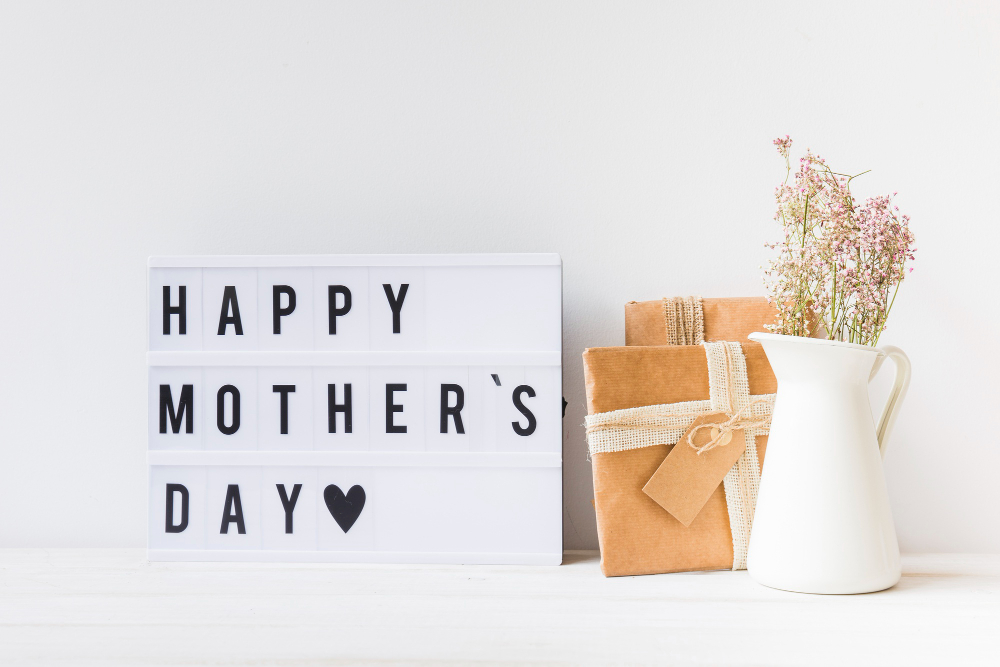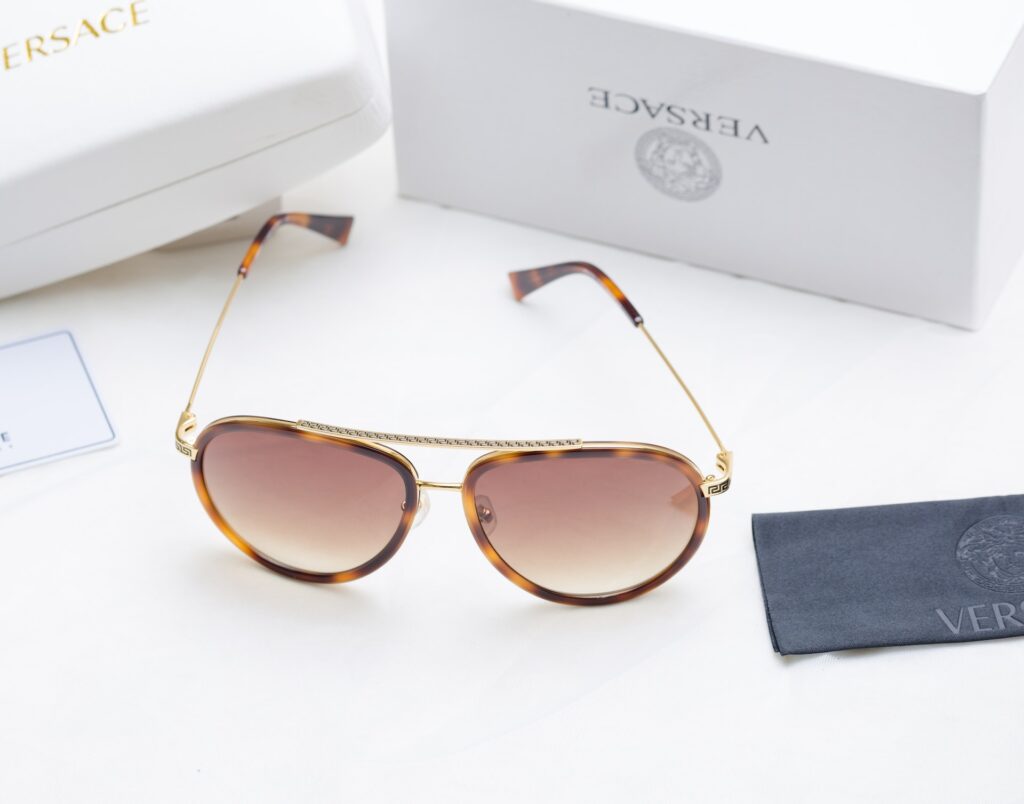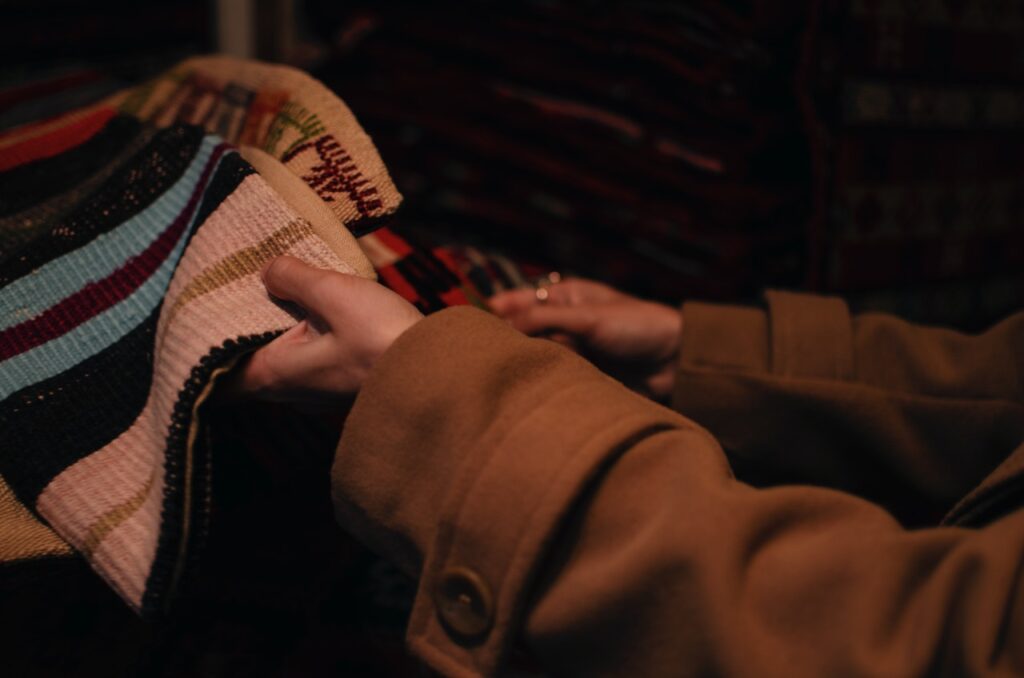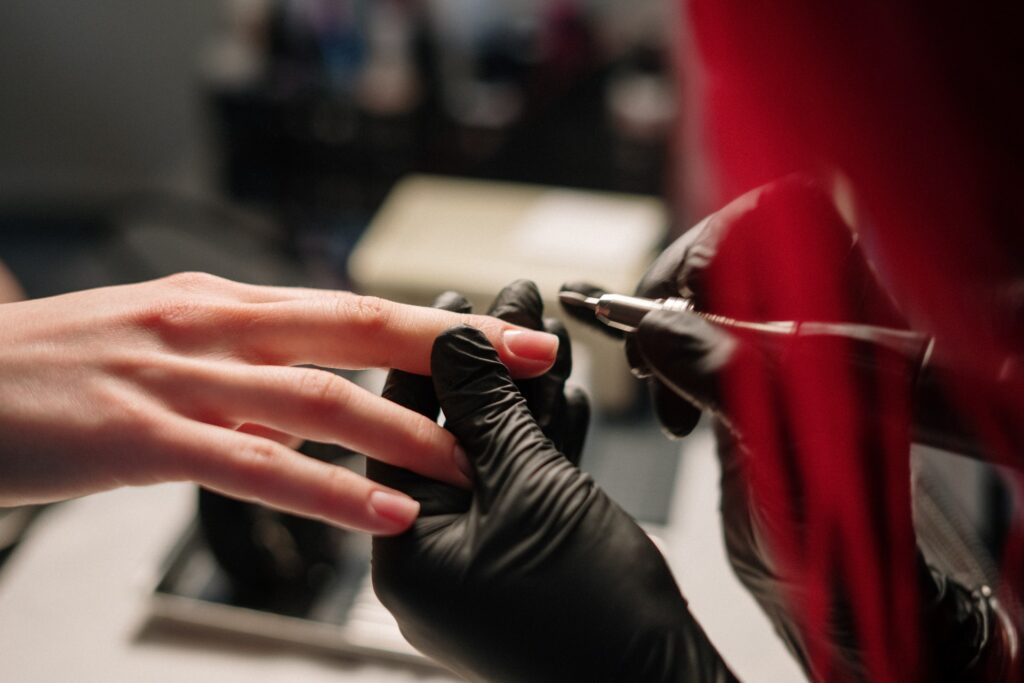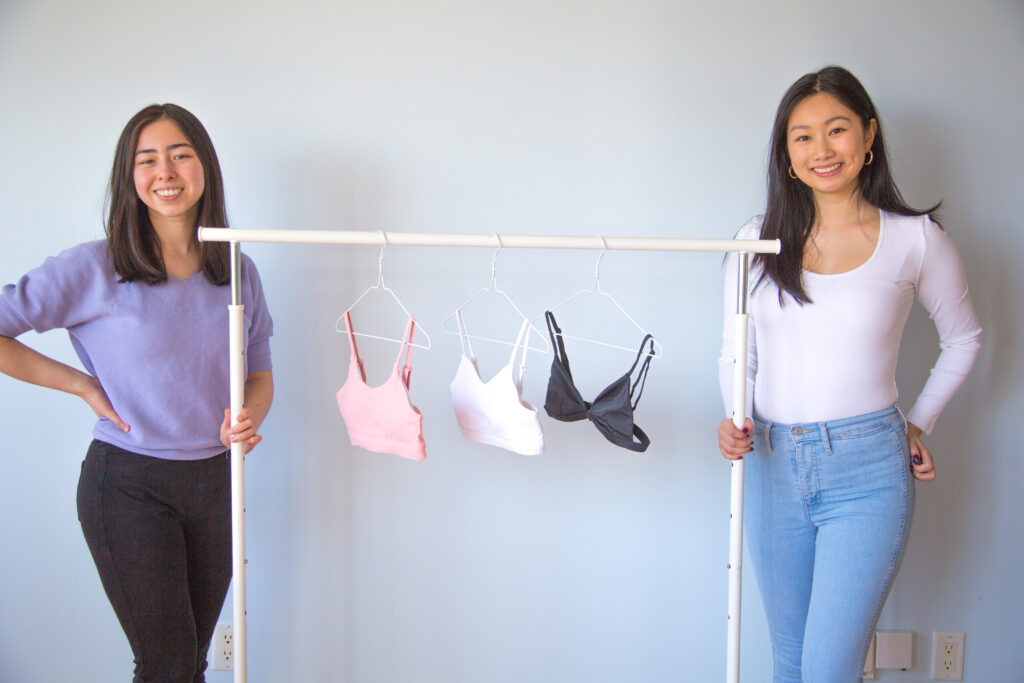As you’re weaving through the shelves of your local thrift store, you may come across a familiar luxury logo, a print associated with a famous luxury brand, or some other hallmark of a high-fashion brand. Just what you were hoping for! It’s exciting to think you’ve stumbled upon the desirable (affordable) designer fashion at some place as humble as the second-hand shop.
But it’s wise to remember there are a lot of fakes out there and it’s easy for those fakes to end up in thrift stores. If you don’t know how to spot the knockoffs, you could end up facing a mighty disappointment down the line. Owning a counterfeit probably wasn’t what you wanted, right? Fortunately, there are some fairly easy ways to suss out an imposter. Here are some techniques to figure out if you’ve got a counterfeit on your hands.
Familiarize Yourself with the Original
Counterfeiters are getting cleverer and sneakier by the day, but they are still prone to slipping up. After all, they are not the masters of the brands they’re copying. They’re just hoping to fool consumers enough to nab a nice profit off a cheaper fake. They sometimes fail to notice and perfect aspects that are formative to the real deal, despite their best efforts. You can outsmart the scammers by strengthening your eagle eye. The artistry of luxury fashion brands lives in the almost imperceptible details.
Before you dive into the habit of searching thrift stores for designer brands, you should consider learning everything you can about the manufacturing processes of your favourite luxury fashion houses. Does their printing process leave certain signature quirks on products? Do they have a standardized stitch count? How many pockets should be on certain items? Compare pictures of the originals with your findings.
Ask yourself if your discovery is an exact match to what the brand has worked so hard to deliver. If you notice any differences between stitch counts, how the prints stretch across fabrics, the shapes and sizes of quilting, etc. then those are red flags.
Examine the Stitching
Aside from standard stitch counts, luxury brands are fussy about the overall quality of the stitching that holds their pieces together. They also employ some of the greatest experts to handcraft each of their items with care. These people know how to sew, and sewing impeccably is part of the formula for achieving success as a luxury fashion brand.
The same standards do not matter as much in the world of counterfeit handbags and fashion. That’s reflected in the more careless stitching. Looking closely, you’ll see the stitch lines on counterfeit fashion items are not nearly as neat as they are on the designer ones. Sections running too close to the borders with other sections running too far, uneven individual stitches, countless loose threads, and mistakes hidden on the underside of garments are all indicators of poor craftsmanship. And poor craftsmanship isn’t something you should accept from high-end fashion.
Carefully Check the Labels and Logos
On designer clothes and handbags, even the inner labels have to meet a strict set of standards. They’ll be made of the best possible materials, perfectly centred with perfectly centred font. If you spot a flimsy, cheap-looking label that’s crooked and scored by lopsided text, be suspicious. Luxury brands aren’t known for skipping quality checks, and inspectors wouldn’t let a wonky label fly.
Another reason to become familiar with the brands you’re trying to snag is being able to recognize the font associated with the brand. If you’re able to notice a font that shouldn’t be on the labels, that would give you pause. The font on inner labels should look exactly the same as the font that represents the fashion house. The same rule applies to logos. Any deviations between logos on official websites and logos on labels should make you think twice.
Also, if you’ve found yourself an alleged designer handbag, there should be a serial number somewhere—either stamped on the bag itself or on a separate card inside the bag. Not being able to find a serial number, finding a serial number that doesn’t match the formula used by the brand, or finding a serial number that cannot be traced are all reasons to be suspicious.
Be Critical About the Materials
Simply put, high-end fashion labels aren’t going to use cheap materials. Consumers would never allow them to spend years demanding high prices, gladly paying them, if they were being economical about the materials that go into their pieces.
You’ll have to use your discretion when determining if you’re handling cheap material, as there is no perfect on-the-spot technique for testing the structure of fabrics and comparing them to a database of textiles used by luxury brands. Sniffing out cheap materials takes practice.
If you believe the fabric feels or looks inexpensive, even though the items have a luxury label, then hesitate to purchase it. If a leather product smells more like chemicals than leather, or hardware feels lightweight like plastic rather than heavier like metal, it’s best to assume you’re dealing with a counterfeit.
Jacob Carmichael | Staff Writer


